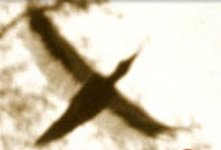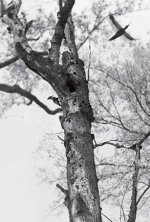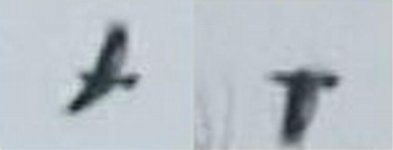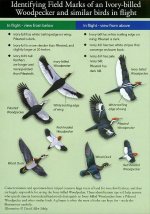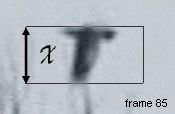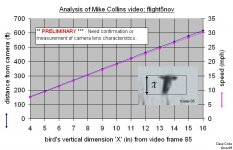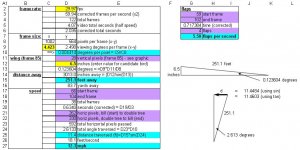If the attachment worked, this is the famous backlit overhead flight shot of an Ivory-bill with white wing linings barely discernible at close range.
For reference, here is Tanner's "Young ivory-billed woodpecker in flight, April 1939 "
View attachment 227584
Pic is from Tensas River National Wildlife Refuge, U.S. Fish & Wildlife Service, Ivory-Billed Woodpecker Records (Mss. 4171), Louisiana and Lower Mississippi Valley Collections, Louisiana State University Libraries, Baton Rouge, Louisiana, USA. Reference their item #106, also labeled as Tanners # 417079p link - use the webpage to increase zoom to 100% to achieve the view I'm posting here.
Tanner claims this is a young IBWO, but the tail looks too short and broad to me, I don't see the proper white on the leading edge of the wing, and where's the Ivory Bill ??? ... :-C





